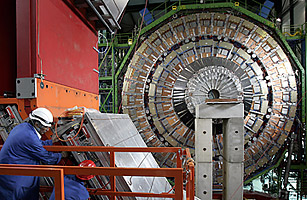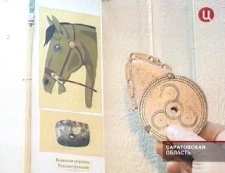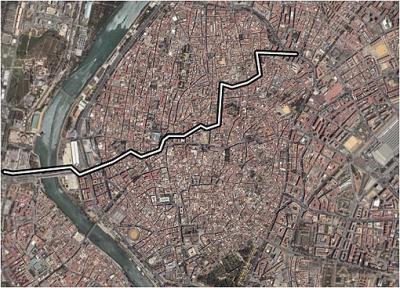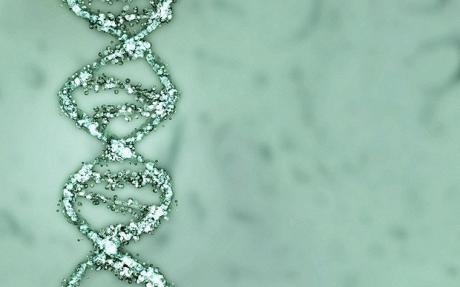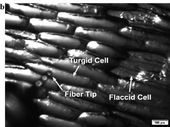
President Dwight Eisenhower responded by creating a new research agency tasked with ensuring such "technological surprises" like Sputnik would never be sprung on the US again. The Defense Advanced Research Projects Agency (DARPA), conceived in February 1958 not only still exists, it has consistently made the US military the most advanced on Earth and unleashed life-changing technologies such as the internet, GPS and the computer mouse along the way.
Under the control of the Pentagon, DARPA has always maintained a low profile, but now journalist Michael Belfiore has written the first book about the agency. He spent time with the engineers charged with realising some very far-fetched ideas, which, if past performance is anything to go by, may also create society-changing spin-offs. He also gained unprecedented access to the agency's director, Tony Tether (now retired).
The current projects that Belfiore visits have typically ambitious goals - ones which dedicated New Scientist readers will be familiar with. He talks with two groups working to make prosthetic arms as nimble and light as the real thing, watches driverless cars work their way through real traffic in a bid to win a $2-million prize, and meets the creators of a portable robotic emergency room intended to keep injured soldiers alive long enough to reach hospital. He also learns about efforts to build scramjets able to race around the world in just a few hours.


